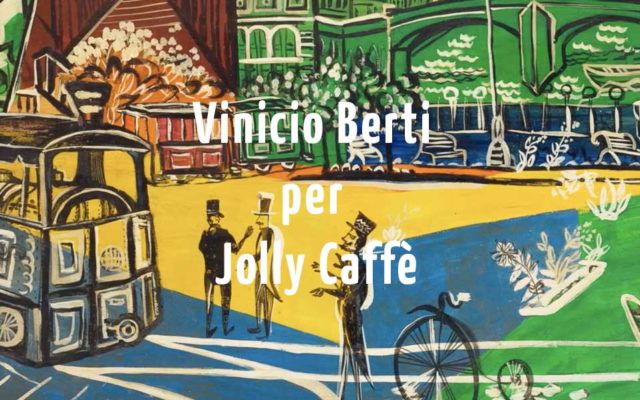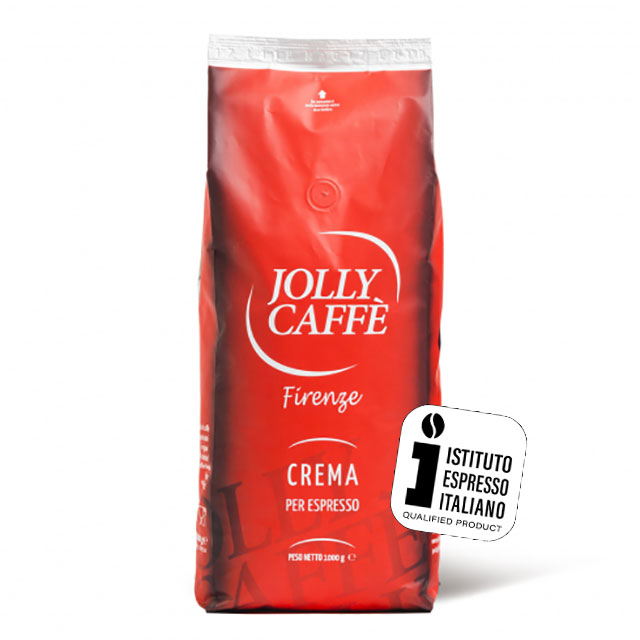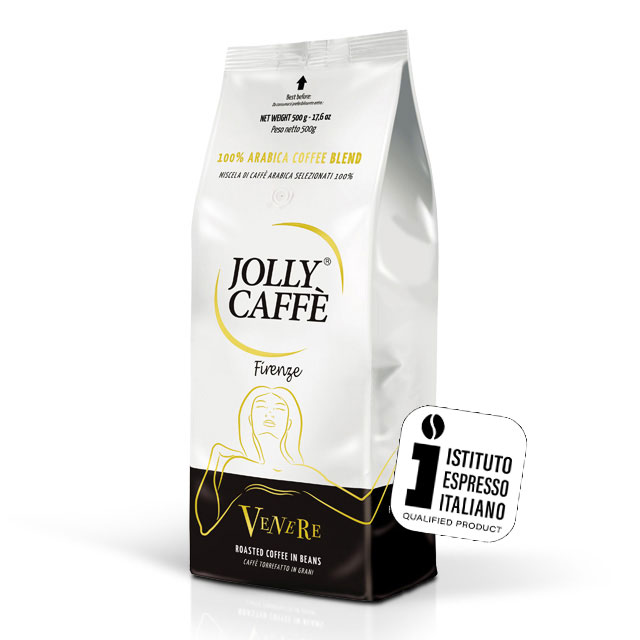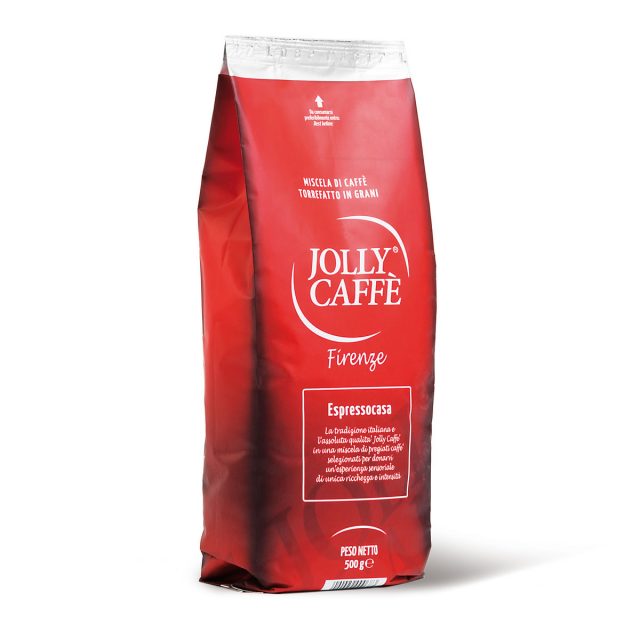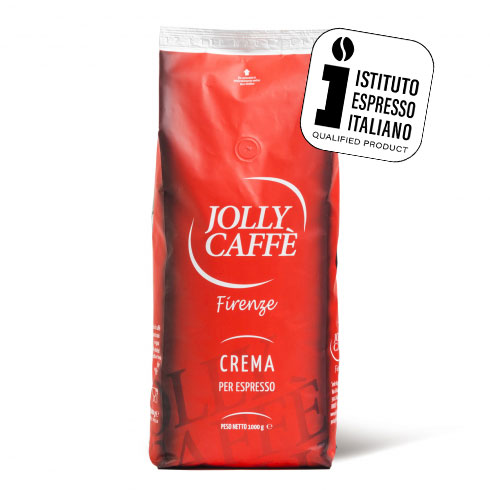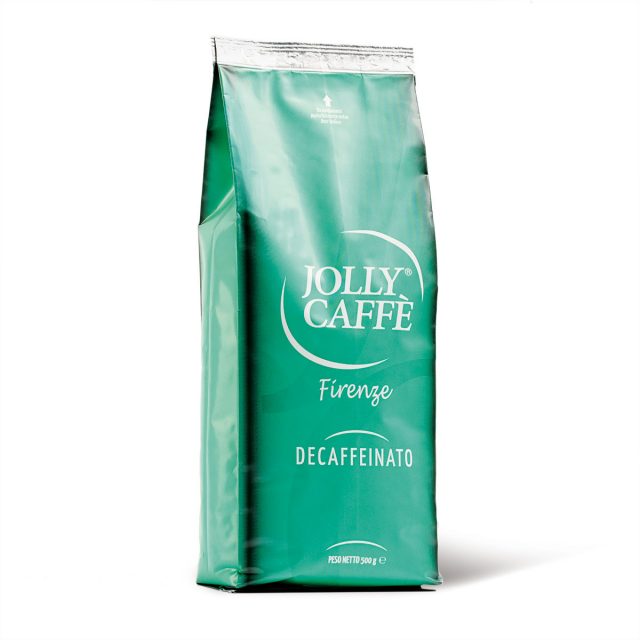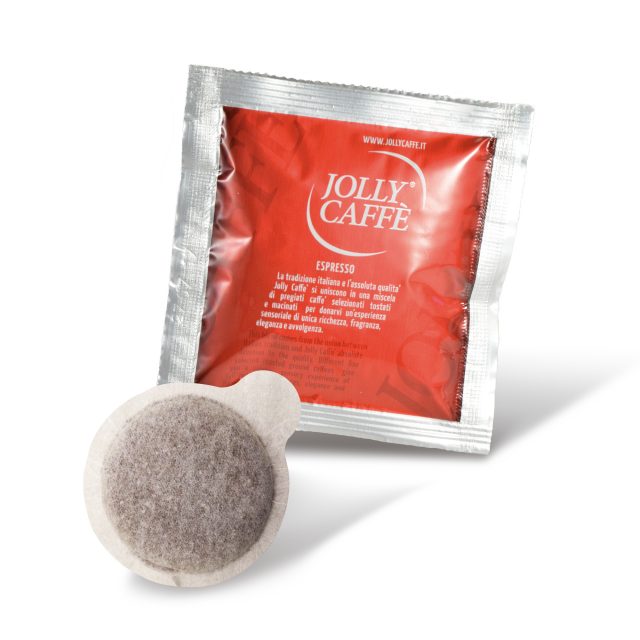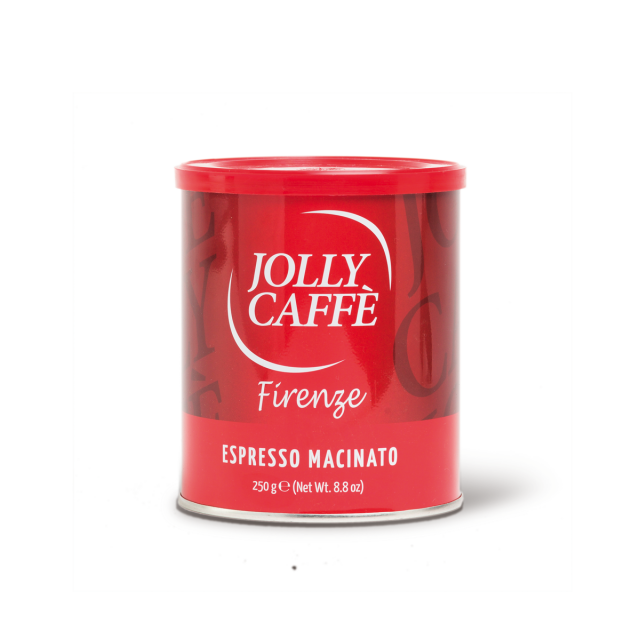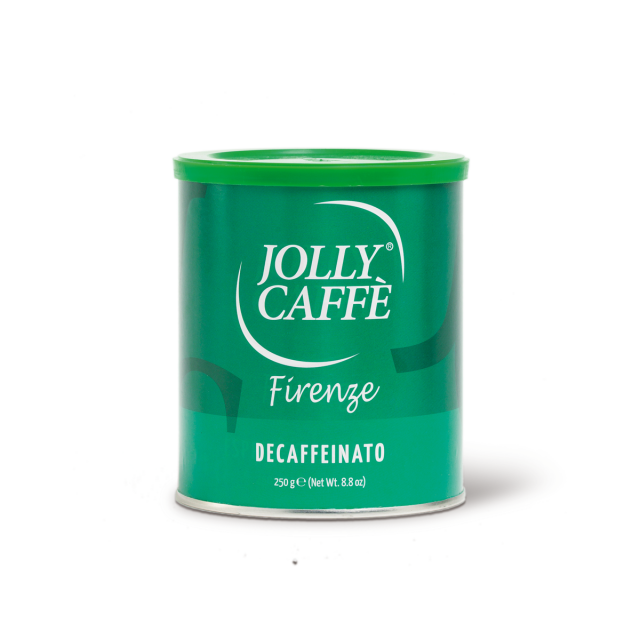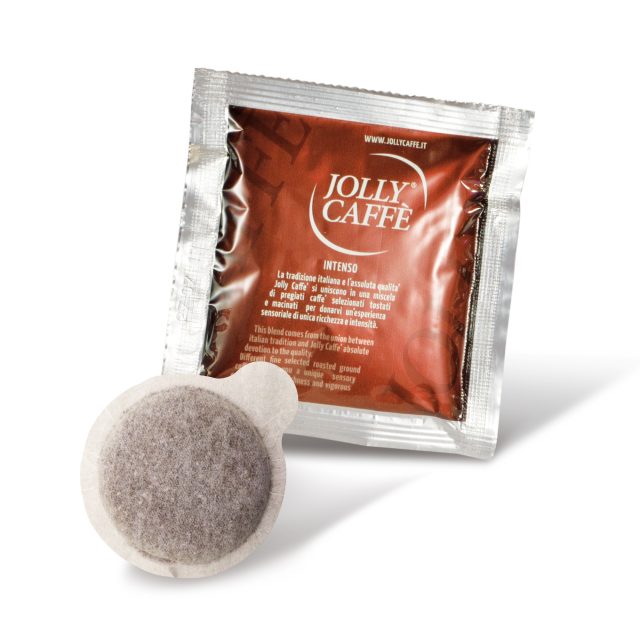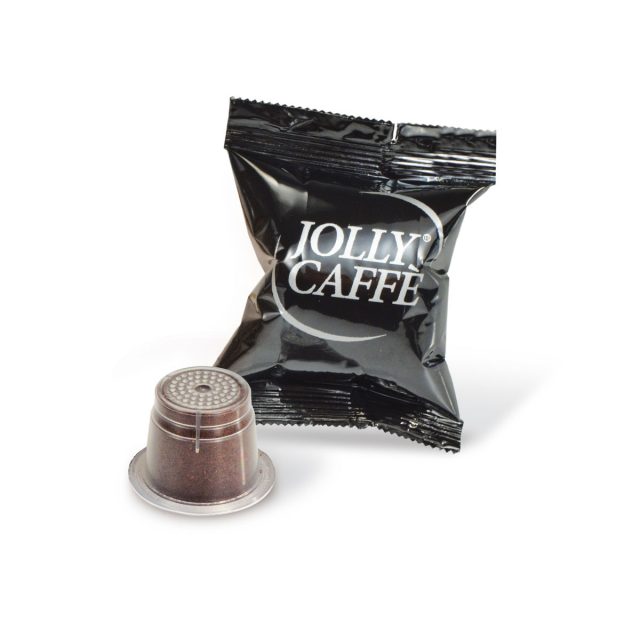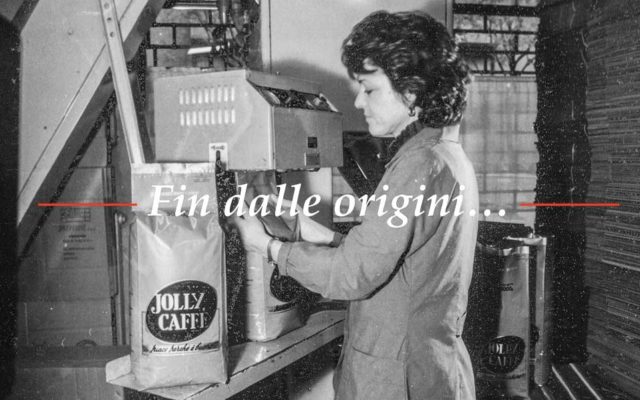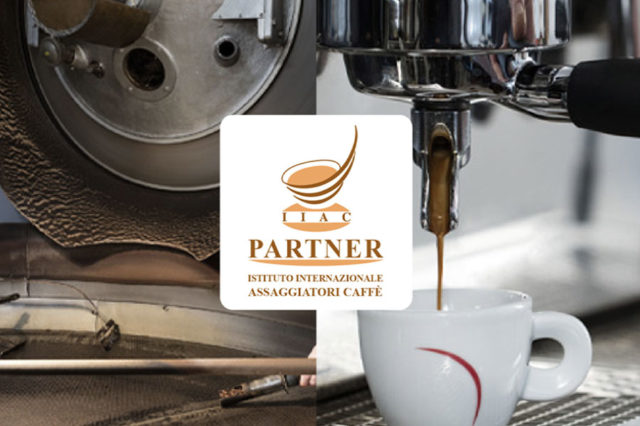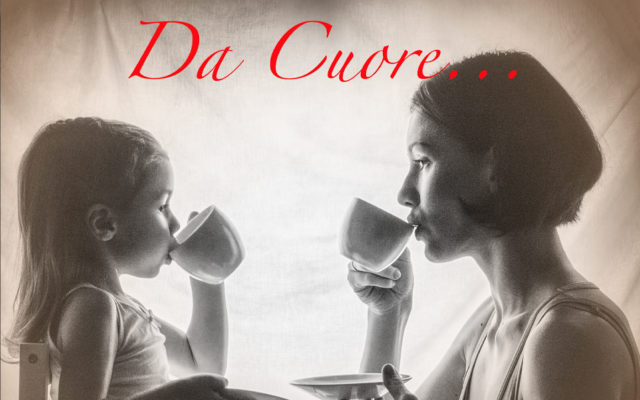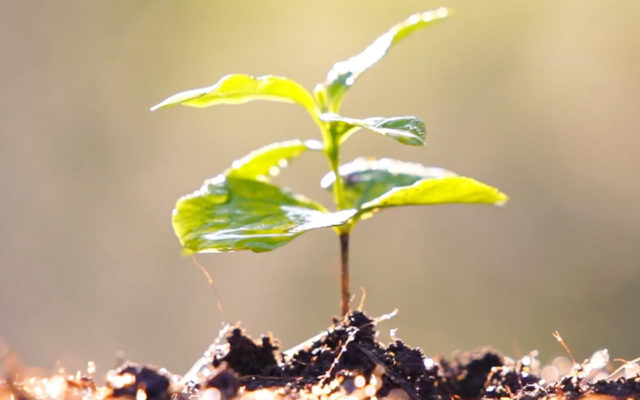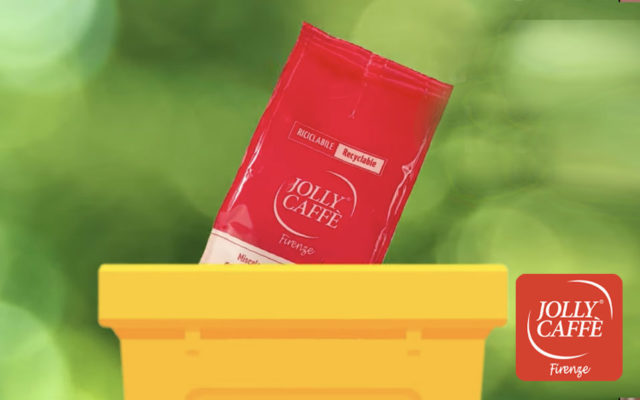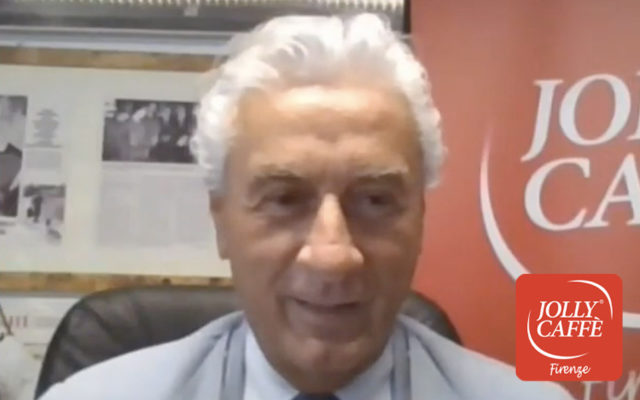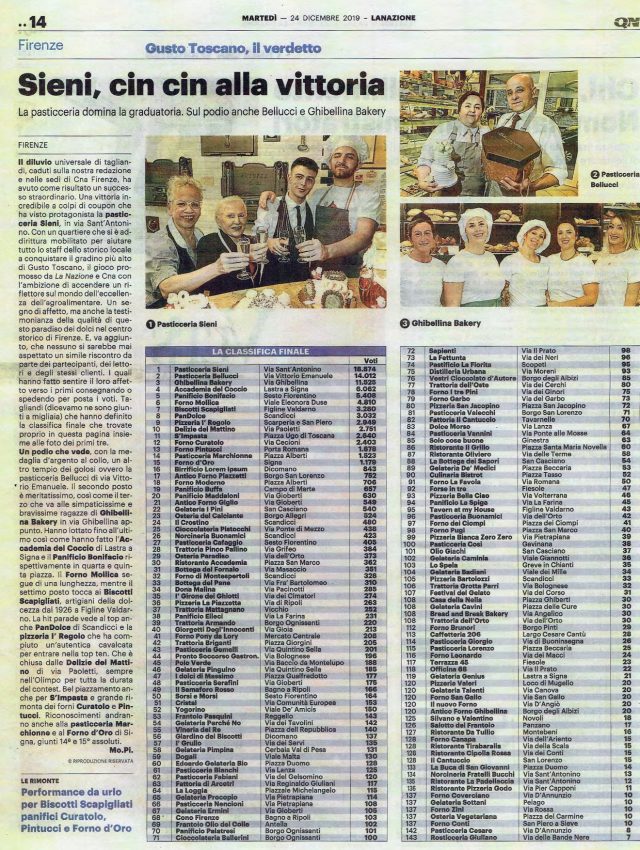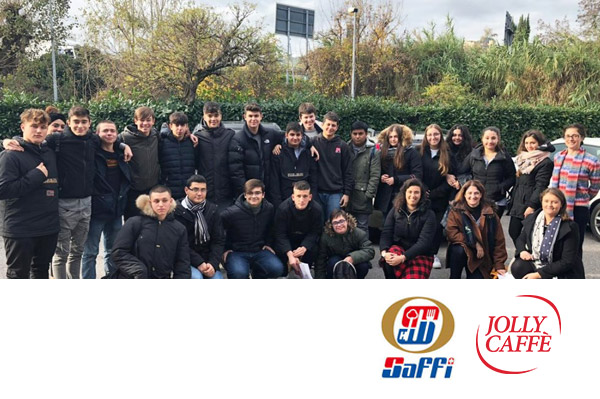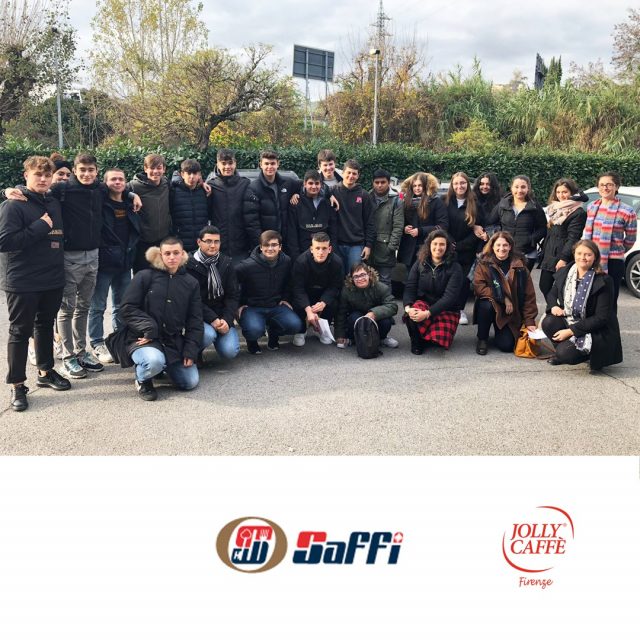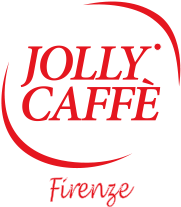Not all coffee can be called Espresso
What is the difference between coffee and Espresso? What secret is contained in each steaming cup? What makes us love it so much?
The sensory pleasure that Espresso gives us is no accident.
Sometimes, we may overlook the fact that this 25 ml shot of warm, dense, fragrant liquid, should impart an exquisite sensory experience .
Coffee blends are not all equal, and not all Espressos are alike.
Why is it at times, when we order an espresso or a cappuccino, or treat ourselves to a coffee at home, we consume a substance with little or no pleasure to offer?
In the 90s, even before the “made in italy” food fashion, Jolly Caffè was one of the first suppliers in the market to sense the need to defend consumers and the real Italian Espresso, becoming one of the founders and promoters of the Italian National Espresso Institute (INEI), aimed at safeguarding and promoting Italian Espresso in Italy and the world.
In 1998 Jolly Caffè was a founding member of the National Italian Espresso Institute (INEI).
The INEI was established following three years of research conducted by the International Institute of Coffee Tasters (IIAC) and the Tasters Study and Training Centre, together with the collaboration of teachers of the University of Udine and Turin.
In 1999 the INEI obtained the certification for Italian espresso marked Espresso Italiano Certificato (Certified Italian Espresso) in compliance with the Csqa certificate n. 214 of 24/09/1999.
In 1999 Jolly Caffè was the first coffee roaster in the world to obtain the Italian Espresso Certificate for its espresso blends.
